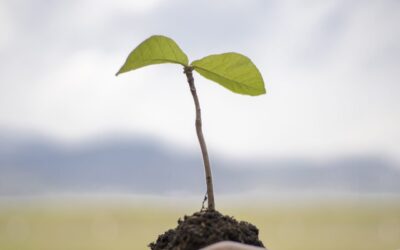What do the labels on our clothes tell us?
The change started with a question
What’s on the label and why it matters
Let’s look at a simple clothing label. Usually, there you will see:
- Composition (for example: 100% cotton)
- Origin (Made in Bangladesh)
- Washing instructions
- Sometimes — certificates or labels
It sounds elementary, but even this minimal information carries a lot. For example:
- 100% cotton is not necessarily a good choice. If it is not organic, it is probably grown with a lot of pesticides and massive water consumption.
- “Made in” refers not only to geography but also often to working conditions. The fast fashion industry frequently prefers countries with weaker labour and environmental regulations.
- Certifications such as GOTS (Global Organic Textile Standard), OEKO-TEX, Fair Trade and others are the first signs that the brand is making efforts to move in a more sustainable direction.
The true value of natural materials
Yes, natural fibres like cotton, linen, hemp, wool, and silk sound great—and they’re often better than synthetic alternatives (polyester, nylon, etc.), which are made from petroleum and release microplastics when washed.
But there’s a catch: not everything “natural” is automatically sustainable. For example:
- Conventional cotton requires over 2,700 litres of water to make just one T-shirt.
- Flax and hemp are much more sustainable—they require less water and chemicals, but are less common in the mass market.
- Wool is biodegradable, but its production is often tied to animal welfare issues.
This brings us to the golden rule: composition and production method are equally important.
How to shop better (and less often)
- Questions to ask before buying: What is this garment made of? Who made it? Will I wear it at least 30 times?
- Trust in transparency: Brands that are open about their materials, suppliers, and impact usually have something to show for it.
- Small but quality: One shirt made of sustainable linen is better than five T-shirts made of cheap polyester. Second-hand and swaps: The second life of clothes is one of the most potent weapons against fashion waste.
- Care = sustainability: Maintenance is also essential. Washing at low temperatures, avoiding the dryer, and repairing clothes extend their life many times over.
A small glossary of sustainable fashion
GOTS – guarantees organic fibres and ethical processing throughout the chain.
OEKO-TEX – certifies that the product does not contain harmful substances.
Fair Trade – supports fair wages and working conditions.
Recycled material made from already used fibres.
Biodegradable – material that breaks down naturally without harming nature.
The small choices that change the big picture
Today, I no longer buy clothes on impulse. I read the label. I ask questions. Sometimes I even write to the brand. I often choose not to buy. And no, I haven’t stopped loving fashion—quite the contrary. I love it even more because it’s no longer about guilt, but about respect: for yourself, for people, and the Earth.
Change doesn’t come from one huge gesture. It comes from hundreds of small, conscious actions, like reading a label and making a conscious choice.
What does the garment you’re wearing today say?
Look at the label. That’s the beginning.
Browse Our Favorite Finds
The Soul-Enriching Power of Gardening
There is a quiet kind of magic in placing your...
Introduction to Sustainable Home: Practical Tips for Every Family
Creating a sustainable home doesn’t have to be...
Sustainable Living: A Call to Reconnect with the Earth
Have you ever stopped to think about how much...


